We open the doors of the Wine Documentation Centre Vivanco with the exhibition Vivanco, thinking in wine: 40 years of Collecting
Wine, that universal drink, as attested to by illustrious personalities.
"In vino veritas ("In wine is the truth"). Pliny "the Elder".
"A good wine is like a good film: it lasts a moment and leaves you with a taste of glory in your mouth; it is new in each sip and, as with films, it is born and reborn in each taster". Federico Fellini.
"There is more philosophy and wisdom in a bottle of wine than in all the books".. Louis Pasteur.
"Where there is no wine there is no love". Euripides.
"Wine is the only work of art that you can drink".. Luis Fernando Olaverri.
To give back to wine everything that wine has given us. This is the premise that has inspired the more than 40 years of collecting that has been carried out from Vivanco , with the aim of making everyone participate in the imprint of wine through time, through the different artistic disciplines, through different everyday objects; an indelible imprint that has endured to the present day as we will be able to see in this magnificent exhibition.
Join us!
The exhibition
For this occasion, 67 very heterogeneous documentary collections ranging from the 15th century to the present day have been selected from among the more than 9,000 monographs, 10,000 photographs, 6,000 postcards, the Philatelic and ExLibris Collection... that are treasured in the Wine Documentation Centre's own collections Vivanco, the most important in the world and which takes a journey through 8,000 years of history through wine.
Incunabula, original manuscripts by Pablo Neruda or Louis Pasteur, postcards, barrel backdrops, advertising posters by Alphonse Mucha, photographs by Cartier-Bresson, stamps, banknotes, the minutes of the dinner at the first launch of the Titanic, telegrams, boarding documents, sound documents, the Ephemera collection... among other works, most of which are on public display for the first time, making this a unique opportunity to see them.
This unparalleled exhibition can be enjoyed from 29 April until spring 2017- not to be missed!
The multidisciplinary nature of Wine in Art
The importance and presence of wine throughout history and its prominent role in the history of art is undeniable, as we will see below and as we will be able to enjoy in this exhibition.
Wine in Literature
The invention of the printing press (1453) by Johannes Gutenberg was a turning point in history and a breakthrough in the reproduction of texts and images. It is curious that Gutenberg's invention was an adaptation of the presses that were used to squeeze the juice from grape bunches in the production of wine.
- The exhibition starts with two magnificent incunabula (books printed with movable type): "De Conservatione Sanitatis" with its original binding from 1491 and "De Re Rustica de Columella" ( 1499).
- There is also a copy of Pliny the Elder' s "Natural History" (1624).
- A handwritten letter from the great Louis Pasteur, the father of microbiology to whom we owe the discovery of the vaccination procedure that has saved so many lives, antibiotics, sterilisation, pasteurisation, demonstrating that every process of fermentation and organic decomposition is due to the action of living organisms, something that was crucial in the world of wine because it will allow the must to become wine.
- This handwritten letter by Louis Pasteur shares the stage with one of the jewels of this exhibition, the original autographed manuscript of the "Ode to Wine" written by the great Pablo Neruda. It is a work dated in Isla Negra in 1953 and consists of 8 folio-sized sheets (315mm by 220mm) written entirely by hand and in green, as was customary for the poet. It is accompanied by a photograph of the poet.
Wine colour of the day,
wine the colour of night,
wine with feet of purple
or topaz blood,
wine,
starry son
of the earth...
Thus begins one of the most beautiful compositions ever dedicated to wine, which you can almost taste in situ:
Pablo Neruda, 1954. Ode to wine, from Odas Elementales.
Wine in Painting
Special mention should be made of the 2 marvellous posters from the late 19th century. colour lithographs by Alphonse MuchaThe two marvellous lithographs, produced at the end of the 19th century and an important part of the collection of wine-related posters in the collection Vivanco.
Mucha, with his own incomparable pictorial style, was the best-known poster artist of the Belle Époque. Both pieces, arranged as a diptych, capture the viewer with their explosion of colour, the sinuousness of their movements and the atmosphere created by simply looking at them, which exude echoes of the classical world. The first piece, called "Autumn"(1896), personifies this season of the grape harvest and wine production in the body of a woman and belongs to his outstanding series of "The Seasons". The second work is called "Fruit" (1897) and has grapes as the key elements of the composition.
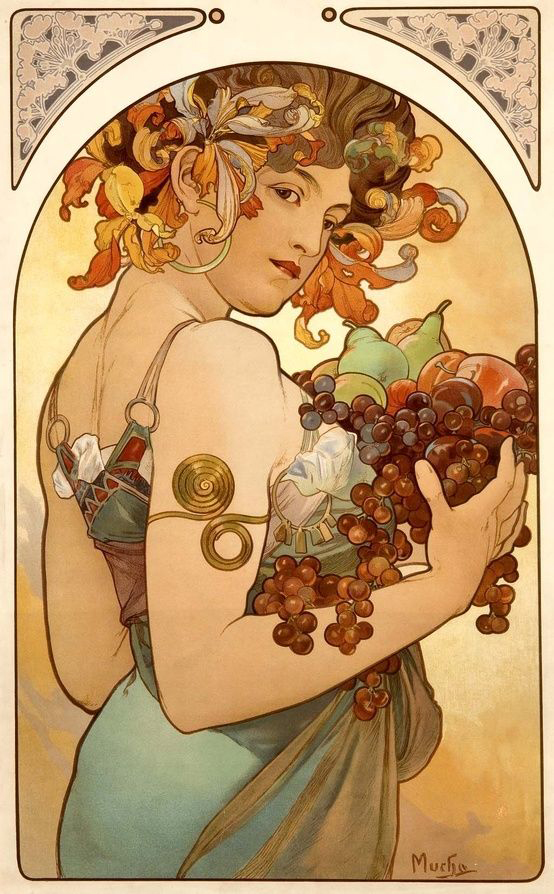 Fruit. Alphonse Mucha. Colour lithograph, 1897. Museum Vivanco of Wine Culture
Fruit. Alphonse Mucha. Colour lithograph, 1897. Museum Vivanco of Wine Culture
A particularly curious collection is the Exlibris collection. These are stamps, labels or seals, which were placed on the back or cover of books and were used to mark the ownership and provide information about the owner of the copy or the library to which the works belonged. These works were inspired by wine motifs and are another example of how wine is portrayed in art and history, in this case, bibliographic history.
Exlibris by Norbert Lippoczy. Engraving, 1969. Museum Vivanco of Wine Culture
Wine in Photography
Among the photographs of Alberto Schommer or Ouka Leele, we have to highlight the work of what is known as the father of Photojournalism Henri Cartier-Bresson, who in his "Rue Mouffettard" gives us a timeless instant in black and white in which we can see a child carrying a bottle of wine in each arm. It is difficult not to smile as we observe this endearing scene.
Rue Mouffettard. Henri Cartier-Bresson. Silver gelatine/Chemical development, 1954. Museum Vivanco of Wine Culture
Wine in Music
Wine also sounds and we will witness this as we enjoy the digitised songs that the Museum Vivanco shows us.
Curiosities you can't miss either
- Collection of Contracts for the Carriage of Goods (from the 17th to the 20th century)
- Minutes of the dinner on the occasion of the first launching of the Titanic (printed 31 May 1911)
The Museum Vivanco with this exhibition Pensando en Vino: 40 años de Coleccionismo, offers you a journey that goes beyond space and time, it puts before you a journey through the senses, because you will be able to see, hear, smell, touch, and almost taste the real protagonist of this exhibition capable of inspiring so much... wine, which has given us so much and to which we owe so much.






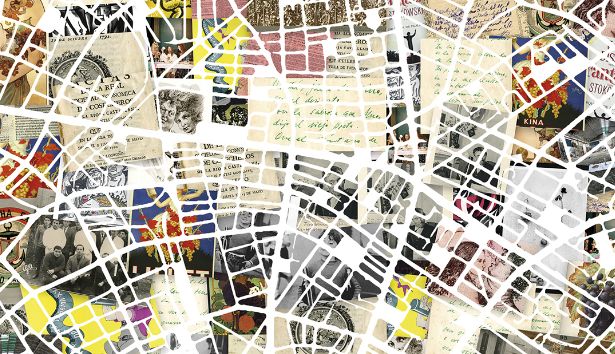
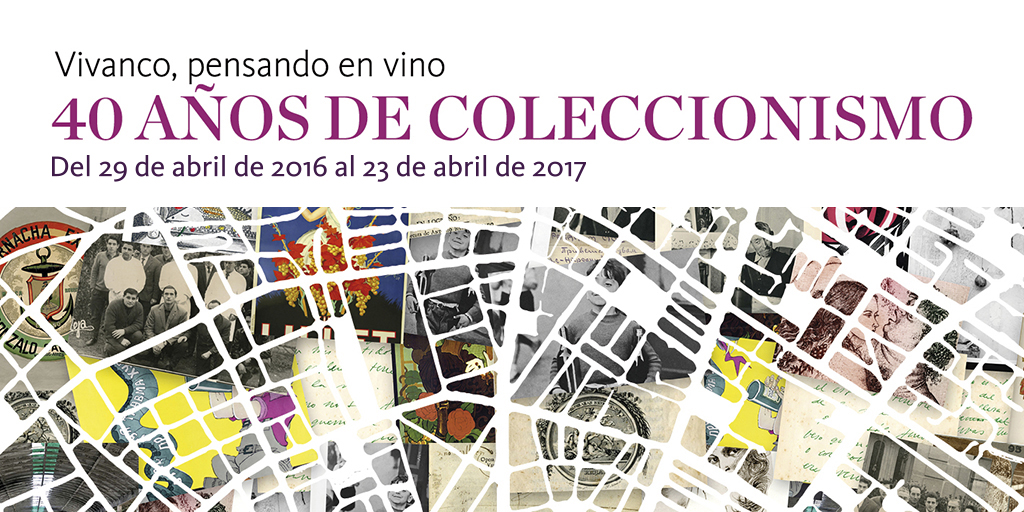
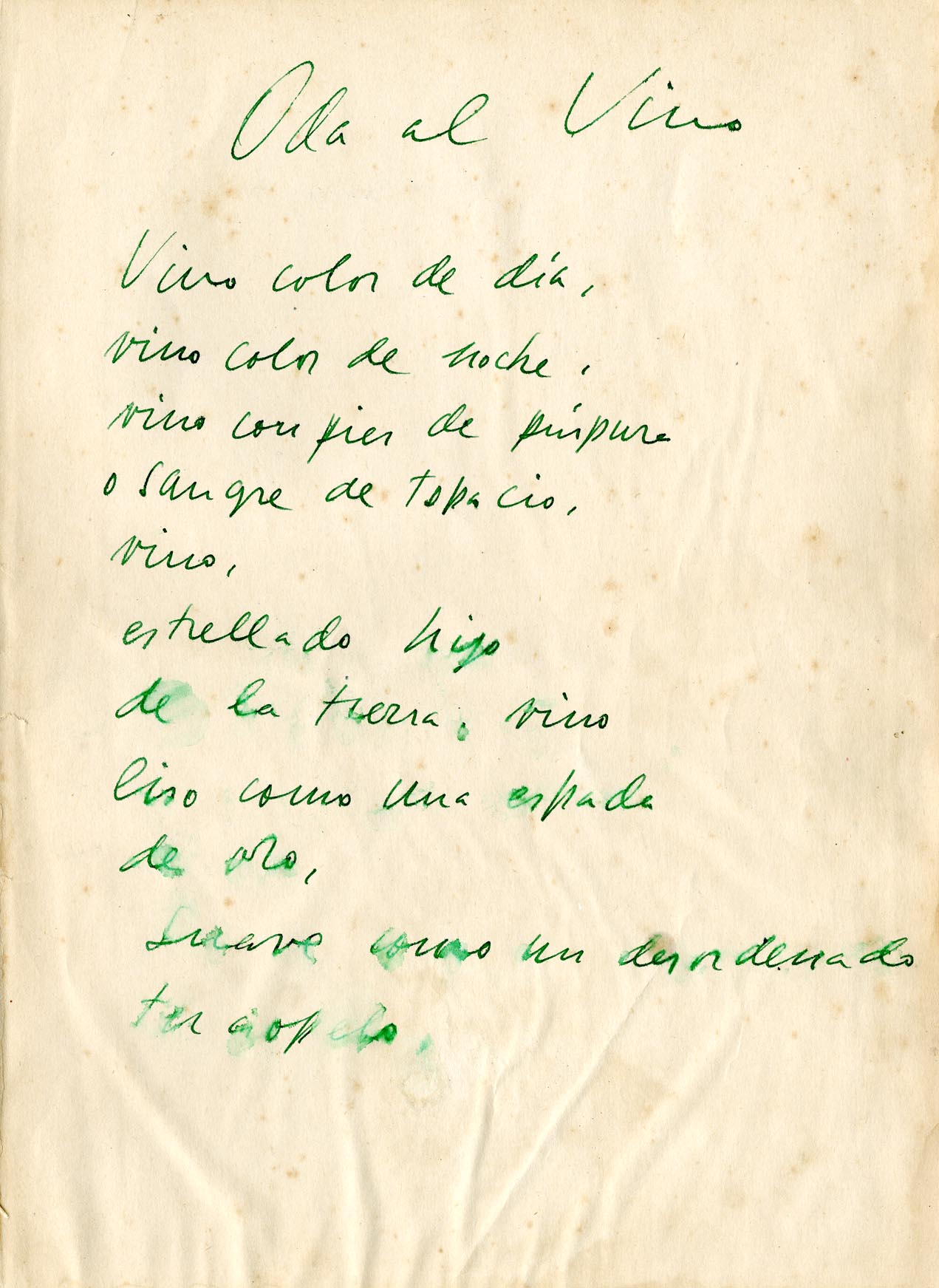
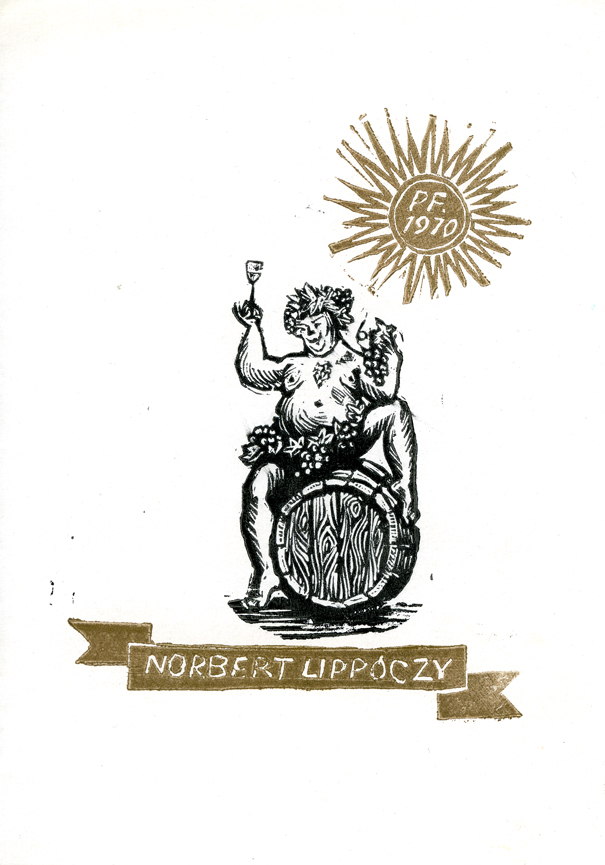
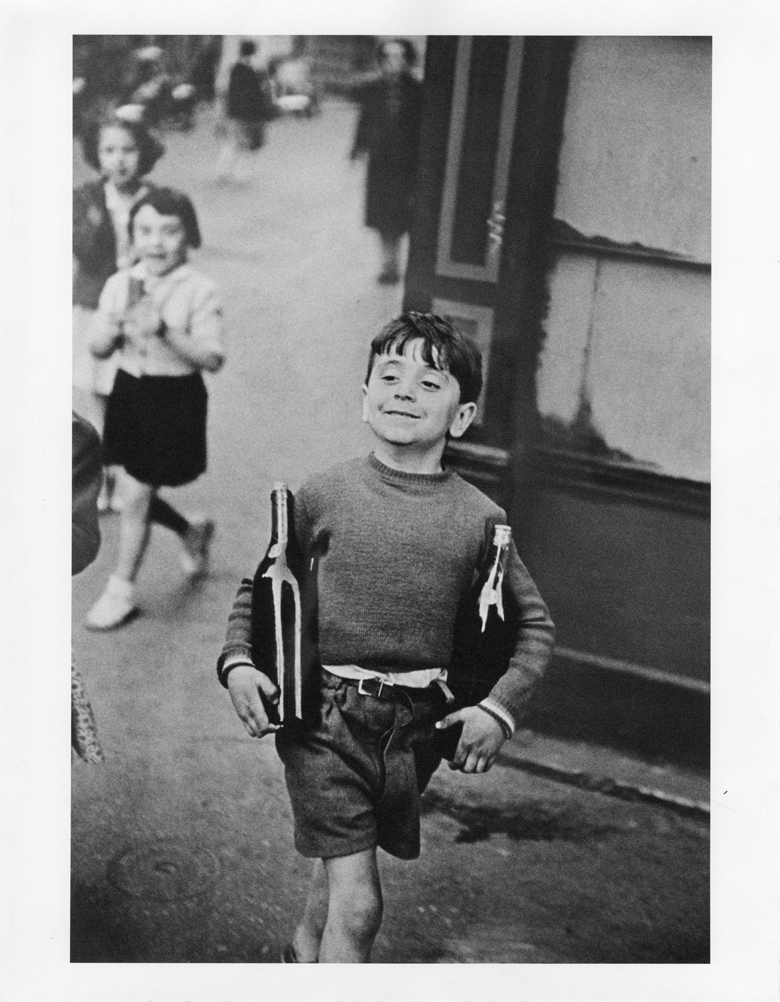
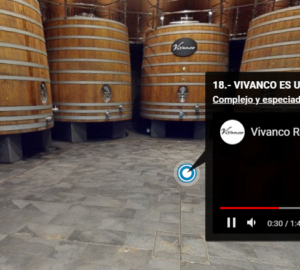
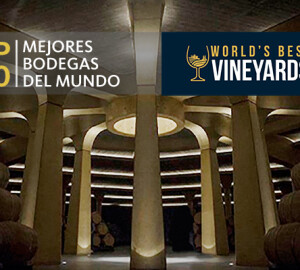
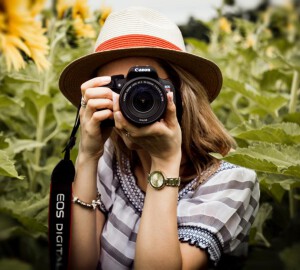







1 comment